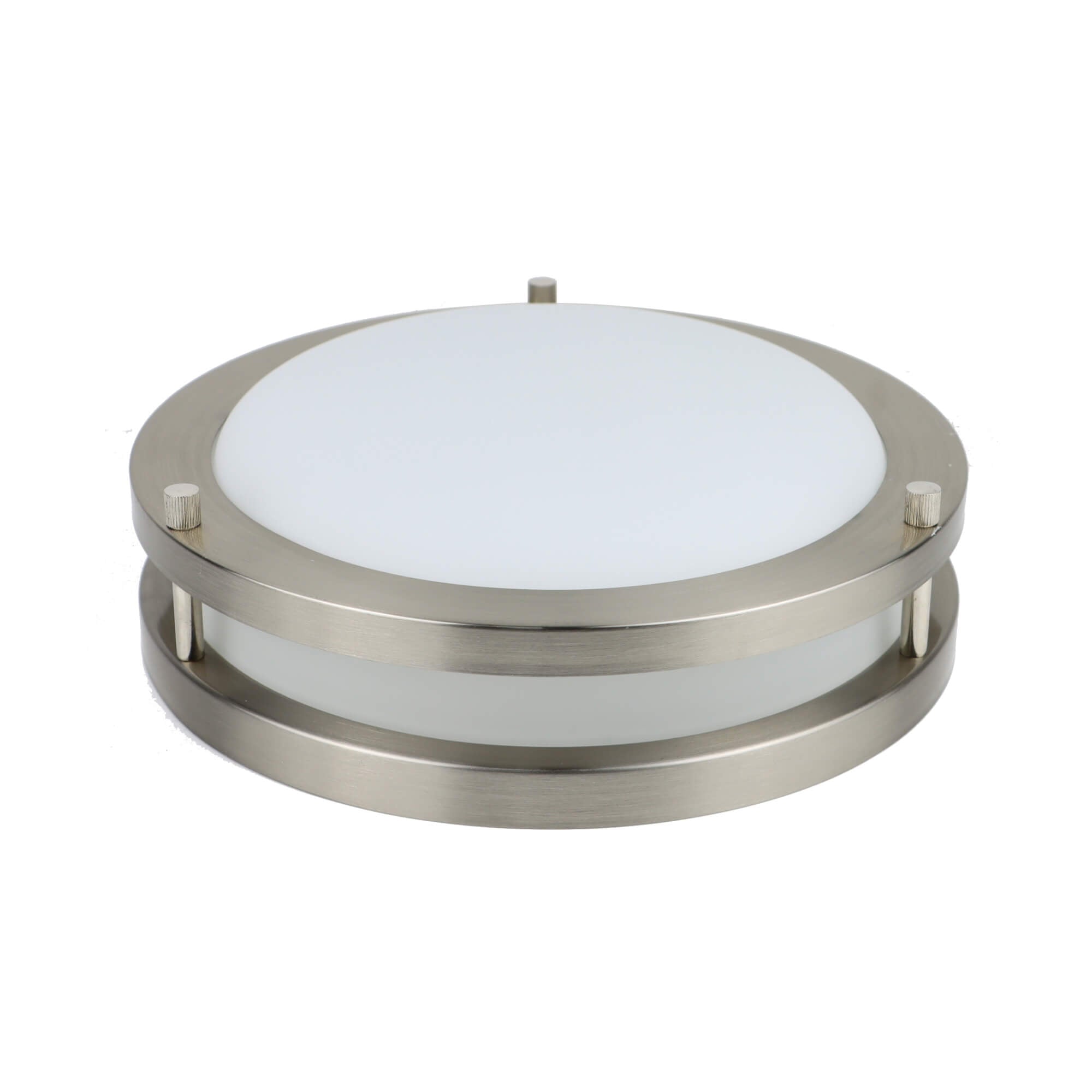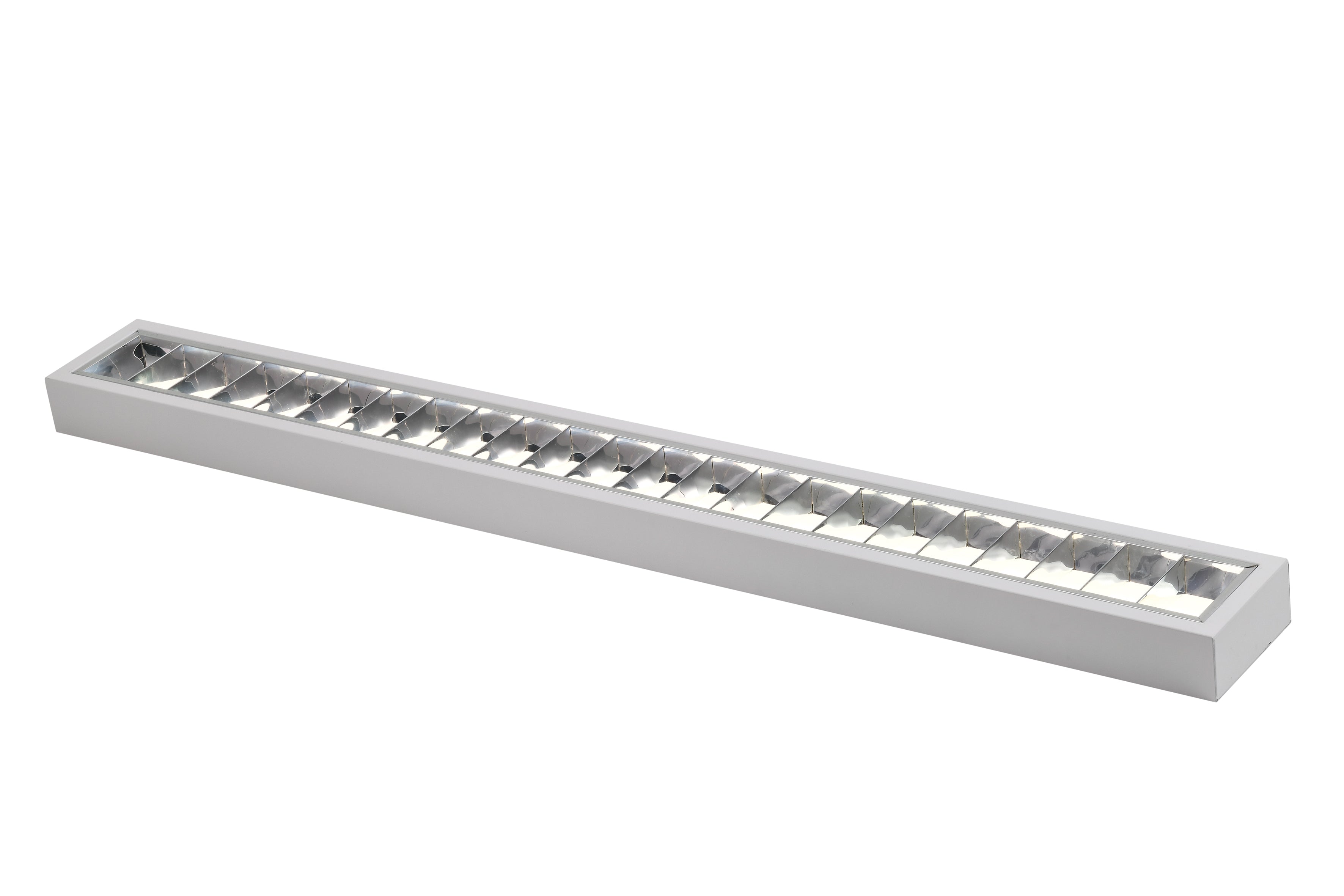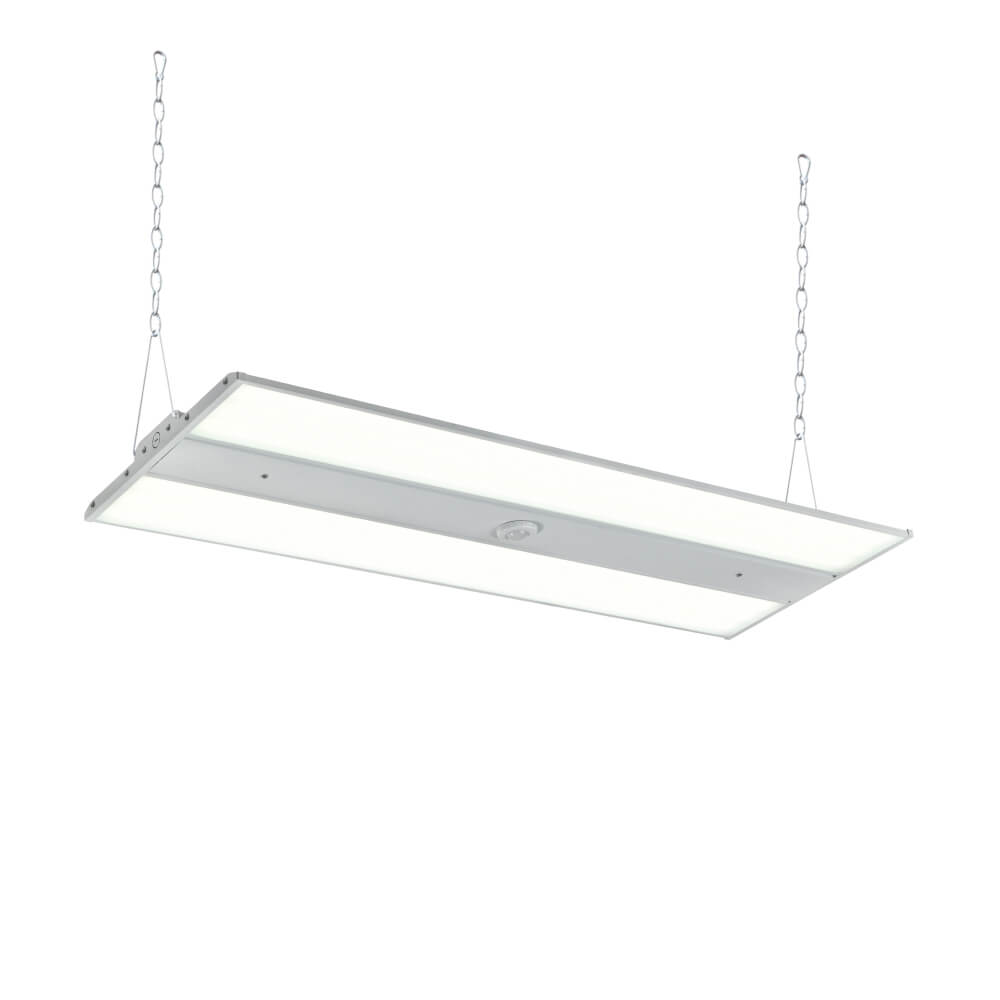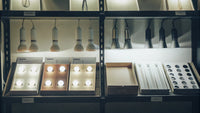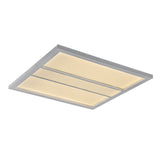Does Recessed Lighting Add Value to a House?
Recessed lighting is popular in modern homes because it is practical and looks good. These fixtures, commonly known as "can lights" or "downlights," are installed directly into the ceiling, creating a clean look that suits different interior styles. As more homeowners think about making their homes better, they ask: does recessed lighting make a house more valuable? The answer is yes. This article will explain what recessed lighting is, why it is good, and how it can increase a property's value.
What is Recessed Lighting?
Definition of Recessed Lighting
Recessed lighting includes fixtures that are installed inside the ceiling, creating a clean and simple look. Unlike traditional light fixtures that hang down, recessed lights sit flush with the ceiling surface. This design provides effective lighting and adds elegance to any room.
Classification
- Fixed vs. Adjustable: Recessed lighting fixtures can be divided into two main types: fixed and adjustable. Fixed fixtures direct light in a specific direction, making them great for general lighting throughout a space. In contrast, adjustable fixtures allow the angle of the light to be changed, making them perfect for highlighting artwork or architectural details.
- New Styles vs. Vintage Styles: In recessed lighting, there are modern options with clean lines and contemporary designs, as well as vintage-inspired fixtures that may include decorative details. The choice between these styles depends on the overall decor of the home and individual preferences.
Advantages
- Space-Saving Design: Recessed lighting saves space. They don't take up space, so rooms feel larger. This is especially good in rooms with low ceilings.
- A Better Look: Recessed lighting makes rooms look clean and modern. They fit into ceilings and look good when used right. This makes the property more attractive to buyers.
- Improved Functionality: Recessed lighting lets homeowners create different atmospheres in one space. You can adjust the brightness to suit different activities, such as entertaining or relaxing.
After learning the basics about recessed lighting, let's move to see how does it add value to your house. Totally speaking, the factors include installation methods, lights' layout and numbers, bulb types, trim types, finish colors, adcanced features and material quality.

Installation Methods: Pro vs. DIY
Proper installation of recessed lighting is important for getting the most out of its benefits. Hiring a professional ensures that the fixtures are securely mounted and positioned correctly for effective lighting. Professionals can also handle electrical wiring, reducing the risk of fire hazards and ensuring compliance with local building codes. A well-installed lighting system can greatly improve a home's appeal to buyers.
Some homeowners may choose a DIY approach to save money, but poor installation can lead to problems such as uneven lighting, flickering bulbs, or even electrical issues. When considering a DIY project, it is essential to research thoroughly and ensure that the necessary skills and tools are available.
Number and Layout
The number of recessed lights installed can greatly influence how a room feels. Proper lighting can make a space look larger and more welcoming, while poor lighting may create shadows and dark corners, making the area seem cramped.
The layout of recessed lighting should be planned carefully to enhance the function of each room. For instance, placing lights over work areas like kitchen counters or reading nooks can improve usability and highlight the home's best features. A well-designed lighting plan can impress potential buyers, increasing the overall value of the property.
Bulb Type: LED vs. Traditional Bulbs
The type of bulbs used in recessed lighting is important for energy efficiency and lifespan. LED bulbs, which use less energy and last much longer than traditional incandescent bulbs, are more welcoming. See how much each type of traditional bulbs needs to cost.
- Incandescent Bulbs: These are the most common traditional bulbs, known for their warm light quality. They typically have a shorter lifespan of about 1,000 hours and use more energy compared to other options. Prices generally range from $1 to $3 per bulb.
- Halogen Bulbs: A type of incandescent bulb, halogens produce brighter light and last slightly longer, around 2,000 hours. They use less energy than regular incandescent bulbs but still consume more power than LEDs. Prices usually fall between $2 and $6 per bulb.
- CFL (Compact Fluorescent Lamp) Bulbs: These bulbs use about 75% less energy than incandescent bulbs and last around 10,000 hours. CFLs provide a good balance between upfront cost and energy savings, with prices ranging from $2 to $5 per bulb.
- HID (High-Intensity Discharge) Bulbs: Commonly used in commercial settings, these bulbs are very bright and energy-efficient but are less suitable for typical home use. They can last up to 24,000 hours, but the initial investment is higher, typically costing between $10 and $30 per bulb.
While these bulbs are often cheaper upfront, their higher energy consumption and shorter lifespans can lead to greater costs over time. In contrast, LED bulbs usually cost between $5 and $15 each but provide substantial savings on electricity bills and last longer, making them a more economical choice over time.

Trim Type
The trim-the visible part of the fixture surrounding the light-can greatly affect the appearance of recessed lighting. There are several types of trims available, each offering a unique look and functionality:
- Standard Trim: This is a basic option often used for general lighting. It typically has a simple design and is usually the most affordable. Prices usually range from $5 to $15 per piece.
- Baffle Trim: Featuring a ribbed or textured interior, this type helps reduce glare while providing a soft, diffused light. Baffle trims are also reasonably priced, generally falling between $10 and $25.
- Reflector Trim: With a shiny reflector finish, this trim type increases brightness by directing more light downward. Reflector trims tend to be slightly more expensive, with prices around $15 to $30.
- Adjustable Trim: This type allows for the angle of the light to be changed, making it ideal for highlighting artwork or architectural features. Adjustable trims are typically priced higher, ranging from $20 to $50.
- Decorative Trim: These trims can include ornate designs, finishes, or materials that add character to a space. Decorative trims are usually at the higher end of the price spectrum, often costing between $25 and $70.
Choosing the right trim style can enhance the home's decor and boost visual appeal. It's important to match the trim to the existing decor for a unified look.
Finish Color
Common finishes include white, brushed nickel, and oil-rubbed bronze. In terms of pricing, different finish colors can vary in cost. Generally, standard finishes like white tend to be more affordable, while more decorative options, such as brushed nickel or oil-rubbed bronze, may come at a higher price point due to additional manufacturing processes and materials. Consistency in finishes throughout the home creates a cohesive look. Buyers often appreciate homes that display thoughtful design choices, contributing to an overall sense of quality and care. Therefore, you should consider both style and budget when choosing a finish for recessed lighting.
Advanced Features
Many modern recessed lighting systems include advanced features, such as smart technology that allows homeowners to control their lights remotely using smartphone apps or voice-activated devices. This integration adds convenience and appeals to tech-savvy buyers. The ability to dim lights or change color temperatures (from warm to cool) provides flexibility in creating the desired atmosphere. These features make the property more marketable.
Material Quality
The materials used in recessed lighting fixtures significantly impact both their durability and appearance. Various levels of materials are available, ranging from basic plastic to high-end metals and glass:
Plastic: Cost $10 - $30 per fixture
Plastic fixtures are the most affordable but less durable. They may be suitable for temporary installations or budget-conscious projects.
Aluminum: Cost $30 - $70 per fixture
Aluminium is a mid-range choice. It resists rust and corrosion, making it suitable for various environments while providing a sleek, modern look.
Brass: Cost $50 - $100 per fixture
Brass fixtures are classic and durable. They are more expensive than aluminium but look elegant in any space. Brass develops a patina over time, which some homeowners like.
Glass: Cost $60 - $150+ per fixture
Glass fixtures look expensive and come in different shapes and designs. They are often used to make rooms look nicer. They can be fragile and need careful handling during installation.

How to Preserve the Value of Recessed Lighting
Stay Updated with Trends
Knowing what's new in design helps you choose recessed lighting that will appeal to many buyers. Industrial-style and minimalist designs are popular right now. Energy-efficient fixtures can be a big selling point as energy conservation becomes more important. Eco-friendly lighting is a good way to make your home stand out.
Proper Space Layout and Design Match
Consider the layout and function of each space before installing recessed lighting. Lighting should be designed for different areas, such as kitchens and living rooms. What's more, the style of recessed lighting fixtures should match the home's overall design. This looks good to potential buyers.
Weigh Installation Costs and Home Value
Consider the cost of installation against the potential increase in home value. Upgrading to recessed lighting is a smart investment, but you need to plan and budget carefully to get a good return.
Regular Maintenance
Regularly clean fixtures to prevent dust buildup. Use a soft cloth or a gentle cleaning solution to keep them looking new. Check for any signs of damage or malfunction, such as flickering lights or loose connections.
Enhance Home Value with Recessed Lighting
Recessed lighting adds value to a house through its appearance, use and energy efficiency. Everything about recessed lighting affects how much a house is worth. Choose high-quality materials, follow market trends and get professional installation to get the most out of your investment. Recessed lighting makes living spaces look better and increases property value. It is a great investment whether you are selling your home or just want to make it more inviting.
